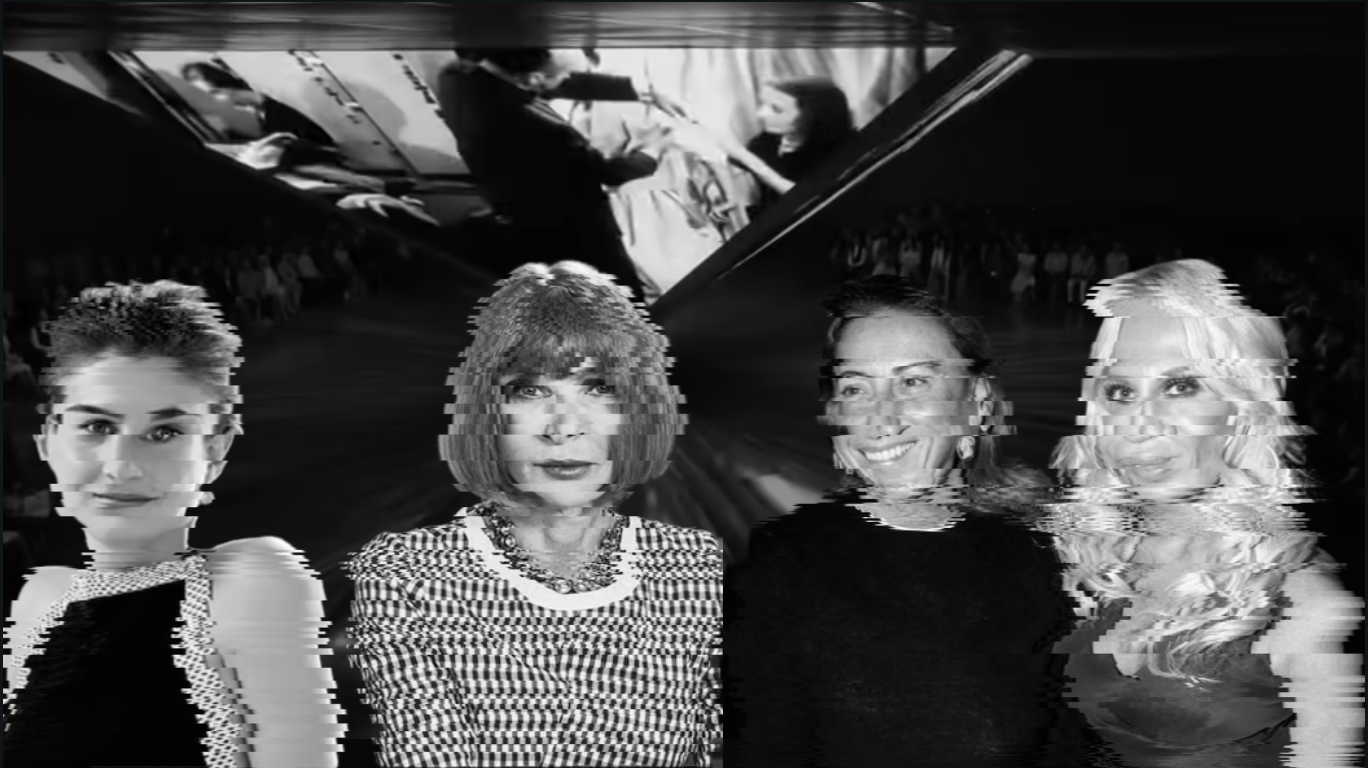The Fashion Industry Shakeup and What That Means For Marketing
As the final quarter of 2025 begins, I can't help but reflect on the year and acknowledge that the fashion industry has entered a new chapter. Seismic changes have transpired—from iconic editorial departures and a creative director merry-go-round to major acquisitions—that underscore the intense evolution across the entire luxury landscape.
The Changing of the Guard at Vogue
Perhaps the biggest news in September was the announcement of Anna Wintour stepping down as Editor-in-Chief of American Vogue after an impressive 37-year reign.
Her departure marks the official sunsetting of the Editor-in-Chief title, signaling the end of an era defined by print dominance. In her place, Chloe Malle will lead as Head of Editorial Content. Malle's experience is rooted in digital: she served as editor of Vogue.com and host of the popular podcast 'The Run Through'. This appointment of a younger, digitally focused leader strongly underlines the magazine's commitment to a digital-first future—and, by extension, sets the pace for the rest of the industry.
The Creative Director Carousel
Beyond the editorial suite, the creative landscape of luxury fashion is undergoing its own shift. Following the recent announcement of Silvia Venturini’s departure as creative director at Fendi, the industry spotlight is fixed on Paris, where freshly minted creative directors at Dior, Balenciaga and Chanel are expected to showcase their debut collections.
Earlier this week, Jonathan Anderson kicked off the energy with his collection for Dior. He opened the show with a collage of previous creative directors mixed in with horror movie clips to express his anxiety of taking the reins of the iconic fashion house. The tension established in the prelude was continued in the collection, which balanced avant-garde looks, such as structured silhouettes and embroidered chiffon, alongside commercial pieces, all while modernly upholding Dior's signature femininity.
In the coming days, the industry anticipates the new visions from Pierpaolo Piccioli at Balenciaga (today, October 4) and Matthieu Blazy at Chanel (October 6). These continuous shifts signal a powerful industry-wide demand for new perspectives, promising exciting innovation on and off the runway.
Consolidated Market with Mergers & Acquisitions
Speaking of off the runway, the business side of the industry is undergoing its own transformation—starting with Prada Group's acquisition of Versace in the first half of the year. The next business to keep a close eye on is Giorgio Armani following his passing. Per his will, heirs are instructed to sell an initial 15% stake within 18 months, and talks with potential buyers have already begun. The final purchaser will wield significant influence, facing the challenge of evolving the brand while staying true to the legacy Armani built.
What This Means for Brands and Marketers
It is clear that the fashion industry is ripe for transformation across all fronts—including marketing. The common thread connecting the publishing, design, and business worlds is the introduction of new tastemakers to foster innovation.
What this means from a marketing perspective is that brands must push the boundaries of what has become a staple in advertising campaigns - manicured scenes and models paired with a brand logo. To stand out in a saturated market, luxury houses should refresh their marketing playbooks to push beyond this conventional script in a manner that honors their unique brand voice.

